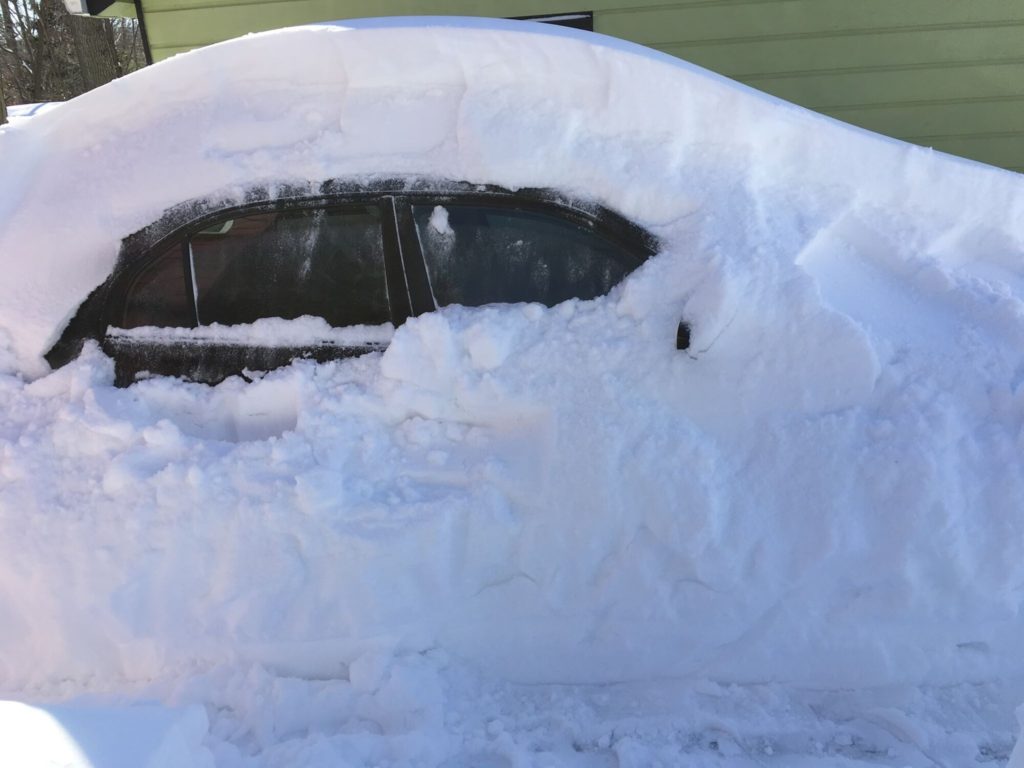
Did you know that Rhode Island gets around 35 inches of snow every year?
That’s almost 10 inches more than the average for the US, making it a very chilly place to be! Whilst snow is amazing and undeniably beautiful, it can also be a bit of a pain when it wants to be, especially when it leads to ice.
Ice is like the evil twin of snow. It can cause endless damage, especially to your concrete! Luckily, we’re here to help.
Find out how to melt ice and reduce the chance of concrete damage in this guide.
Concrete driveways and concrete sidewalks can appear sturdy and solid, but they’re actually very porous. Before you even start thinking about how to melt snow and ice, it’s wise to protect the surface with a layer of sealant. This will reduce the damage from freezing and thawing, ensuring your concrete stays safe all year round and preventing the need for concrete repair.
If you have concrete steps and stairs, there’s no doubt you need a quick fix to melt the ice on it. If not, you can risk a lot of slips and falls. But, avoid those that contain salt and chlorine if you have pets, and avoid any with lots of nasty chemicals to prevent damage to the environment.
Sand is a fantastic hidden gem in the world of melted ice, and it’s safe for use on concrete. Sprinkle the surface with sand to add plenty of traction as you walk across the ice. The sand will absorb heat much quicker than other materials, too, helping to speed up the melting of the ice naturally.
If you need to get down any icy path, try out heated stair mats. You can lay them down to create a safe path that’s not going to get covered in ice and won’t damage your driveway. The heat should start melting the ice around the mats, too.
Melting ice isn’t likely to cause too much damage to concrete. What will, though, is ice on concrete that’s already damaged. If water gets into the cracks of your concrete and freezes, it’ll expand and force the cracks to grow, leading to more damage.
Before the cold season arrives, head outdoors and check your concrete for cracks. Fill in any you see, and keep your paths safe this winter.
If your concrete is already damaged and filled with cracks and holes, snow and ice are likely to make it worse! At this point, it might be best to start over with a fresh layer of concrete.
If you’re looking for concrete replacement, we can help. At Advanced Construction, we’re experts at laying new paths, paving, and driveways. Take a look at our services to find out more!